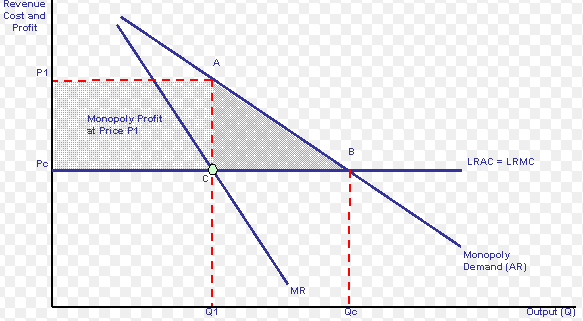Monopolistic competition
Monopoly and full or pure
competition are two different market condition which is not seen in the current
market. We see a big picture which is situated in the middle of the both
market. We see a market where a lot of buyer and seller available and also they
have a different product. They have the competition but not the pure or full
competition, also there product are not perfect or full substitutes but they
are close substitutes. There are lot of buyers & sellers so they are not in
the condition in which they are able to influence the decision making &
price level.
 |
| Monopolistic competition |
 |
| Monopolistic competition |
Features –
ü
There
are lot of buyer and sellers
ü
There
product are little different from each other or they have differentiated
product
ü
Every
firm have the freedom to enter or exit
ü
They
always advertisement for marketing
ü
We
see lot of patent right and trade marks in this types of market
ü
There
are lot of buyers & sellers in the market so by price decline they are not
able to influence the market but if they increase the price surely they lose
their customer so their demands curve in a slope.




















